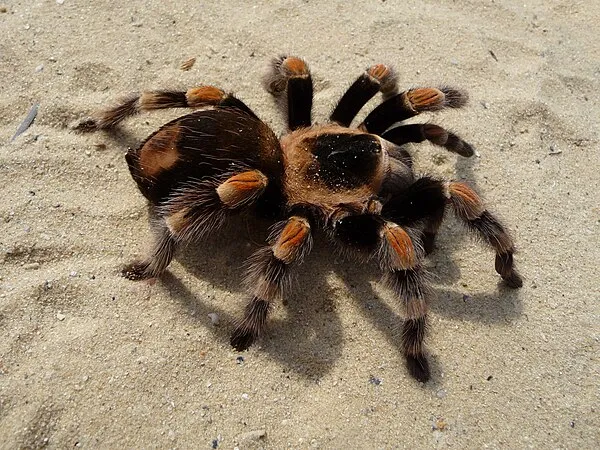What are Tarantula Mites
Tarantula mites are tiny, parasitic arachnids that can infest tarantulas and their enclosures. These mites are a common problem for tarantula keepers, causing distress to the spiders and potentially leading to health issues if left untreated. They are typically visible to the naked eye, appearing as small, moving dots, often red or brown in color. These mites feed on the hemolymph (blood) of tarantulas and can quickly reproduce, leading to a widespread infestation. The presence of tarantula mites indicates a need for immediate action to protect the health and well-being of your pet tarantula. Understanding these pests is the first step in controlling and eradicating them from your tarantula’s environment.
Identifying Tarantula Mites
Identifying tarantula mites accurately is crucial for effective treatment. They are often found on the tarantula itself, particularly around the leg joints, abdomen, and book lungs. The mites may also be visible on the substrate, the walls of the enclosure, and any decorations within the habitat. Their small size makes them difficult to see, but a close inspection with a magnifying glass can help. Remember that the mites’ color can vary depending on their stage of life and the species. It’s also important to distinguish them from harmless substrate components or other tiny creatures that might be present in the enclosure. If you are unsure, consulting with a veterinarian specializing in exotic animals can confirm the presence of mites.
Signs of Infestation

The signs of a tarantula mite infestation can be quite noticeable. One of the most obvious is the presence of small, moving dots on the tarantula’s body. The tarantula may also exhibit behavioral changes, such as increased irritability, restlessness, or a loss of appetite. You might observe the tarantula excessively grooming itself in an attempt to remove the mites. In severe cases, the tarantula may show signs of lethargy or weakness. Additionally, the mites can cause irritation and inflammation, which can be seen as redness or swelling around the affected areas. Careful observation of your tarantula and its enclosure is vital for early detection and prompt treatment. Early detection of tarantula mites can prevent serious health issues and help keep your tarantula healthy.
Where Do Tarantula Mites Come From
Understanding the origin of tarantula mites is key to preventing future infestations. Mites are commonly introduced into a tarantula’s enclosure through various sources. These include contaminated substrate, decorations, or even the tarantula itself if it has been in contact with infested materials prior to being acquired. Mites can also be carried in on other insects or live prey fed to the tarantula. Moreover, mites can travel from one enclosure to another through contaminated tools, equipment, or even on the keeper’s clothing or hands. Therefore, strict hygiene practices and careful sourcing of all materials are critical in preventing mite infestations. This knowledge of their origins helps keepers implement effective preventative measures.
Sources of Infestation
Multiple sources can lead to tarantula mite infestations. Substrates, such as coco coir or peat moss, can sometimes harbor mites, especially if they haven’t been properly sterilized or are sourced from an unreliable supplier. Decorations like bark, rocks, or fake plants can also be potential sources of contamination. Live prey, such as crickets or mealworms, can carry mites, especially if they come from a breeder or supplier with poor hygiene practices. Even the tarantula itself can be a carrier if it has been in contact with infested environments before you get it. Finally, introducing new items into the enclosure without proper cleaning and quarantine can also introduce mites. Ensuring the cleanliness of all these components is vital.
How Tarantulas Get Mites
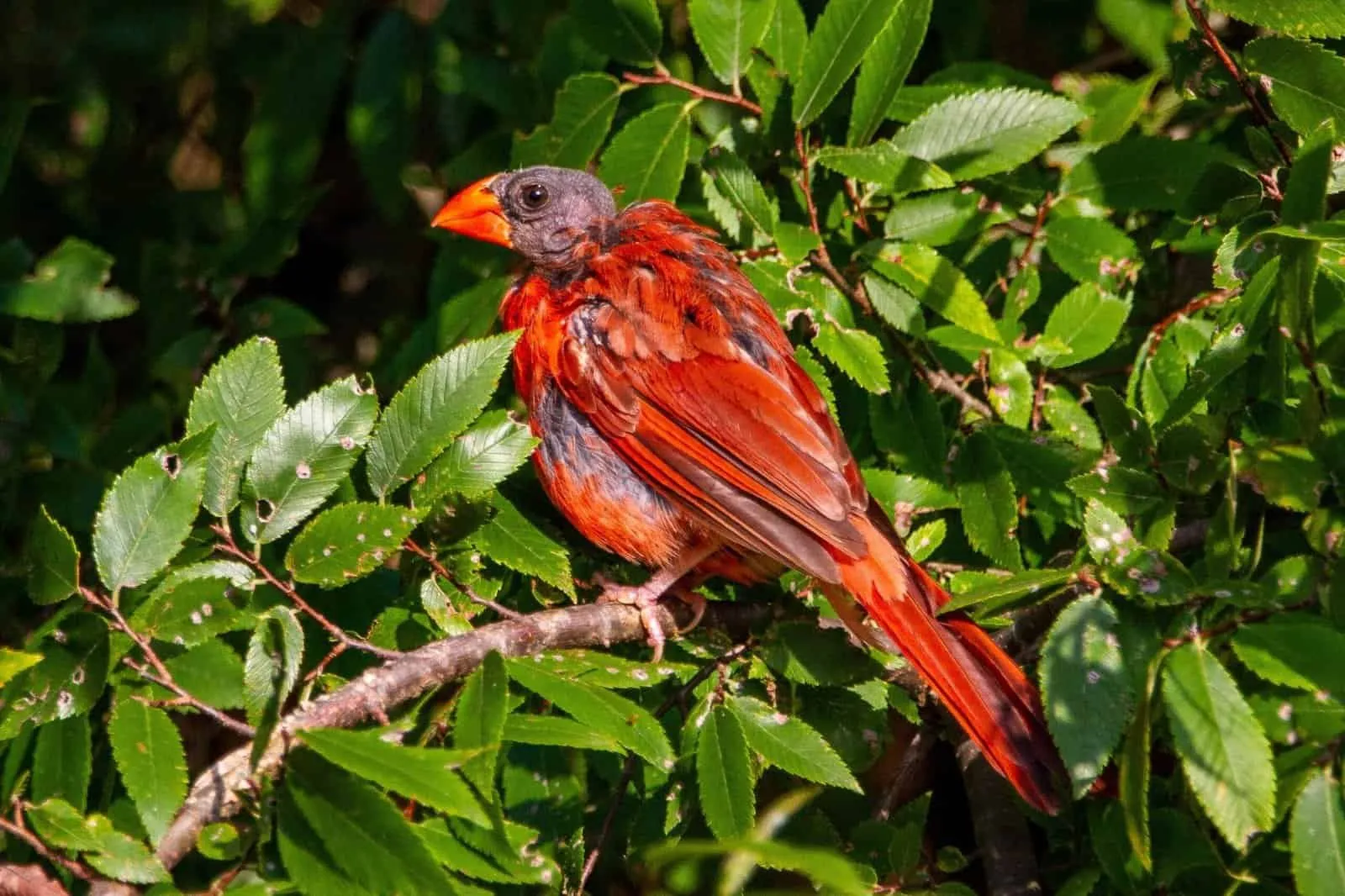
Tarantulas acquire mites through direct contact with infested sources or environments. Once mites are present in the enclosure, they can easily move onto the tarantula, especially when the spider is in contact with contaminated substrate, decorations, or prey. Mites are opportunistic parasites, and they will readily attach to the tarantula to feed. Furthermore, mites can also spread from an infested tarantula to other tarantulas if they share an enclosure or if there is cross-contamination through tools or handling. Regular monitoring of both the tarantula and the enclosure is crucial to spot and address any early signs of mite infestation before the problem becomes severe.
Preventing Tarantula Mites
Prevention is the most effective strategy for dealing with tarantula mites. Implementing proactive measures can significantly reduce the risk of infestation and save you from the trouble of treatment. This involves careful attention to hygiene, sourcing materials from reputable suppliers, and regular monitoring of your tarantula and its enclosure. By taking these preventative steps, you can create a healthier and safer environment for your tarantula, ensuring its well-being and longevity. Prevention is not just about avoiding mites; it’s also about creating an optimal habitat for your pet, ensuring they thrive in their environment.
Quarantine New Tarantulas
Quarantining new tarantulas is a critical step in preventing the introduction of mites to your collection. When you acquire a new tarantula, isolate it in a separate enclosure away from your other tarantulas for at least 30-60 days. During this time, carefully inspect the tarantula for any signs of mites. Observe its behavior, and check for any unusual signs or symptoms. Use disposable tools and equipment for this quarantine period to prevent cross-contamination. If any signs of mites are detected, implement appropriate treatment immediately. If the tarantula remains mite-free during the quarantine period, it is safe to introduce it to your other tarantulas, after a thorough cleaning and disinfection of the enclosure to prevent future issues.
Maintaining a Clean Habitat
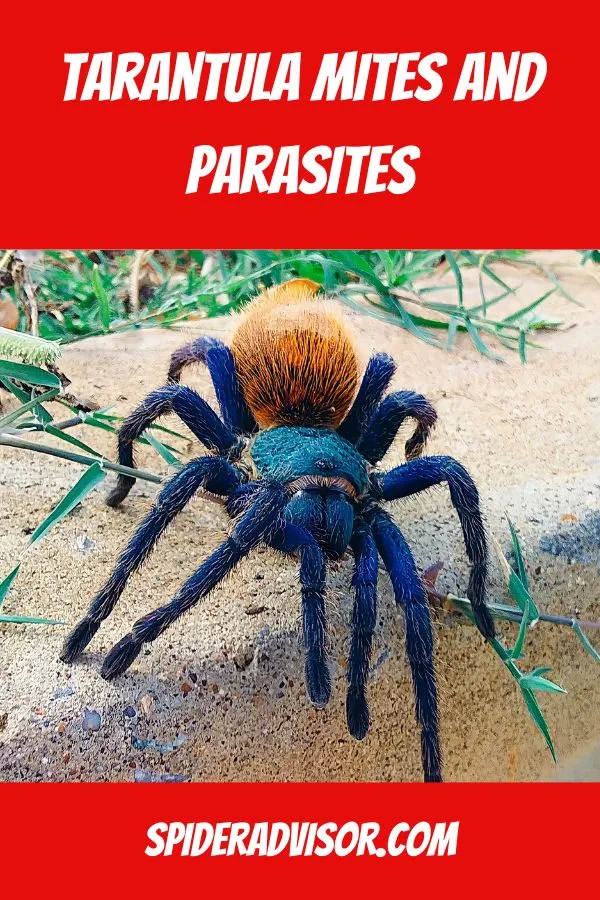
Maintaining a clean habitat is essential for preventing tarantula mites. Regularly clean and disinfect the enclosure to remove potential sources of mites. Remove uneaten food, shed exoskeletons, and other organic debris promptly, as these can attract mites. Ensure proper ventilation to prevent the build-up of humidity, which can encourage mite growth. Use only clean and sterilized substrate, and replace it regularly. Clean and disinfect all decorations and equipment before placing them in the enclosure. A clean environment not only reduces the risk of mite infestations but also promotes the overall health and well-being of your tarantula, as it creates a more natural and enjoyable living space for the spider.
Regular Tank Cleaning
Regular tank cleaning is an important aspect of mite prevention. Spot-clean the enclosure at least once a week, removing any visible waste, uneaten food, and shed exoskeletons. Conduct a deep clean of the enclosure at least once a month, or more frequently if necessary. This involves removing the substrate, cleaning all decorations and the enclosure itself with a reptile-safe disinfectant, and then replacing the substrate with fresh, sterilized material. When cleaning the enclosure, wear gloves and a mask to protect yourself from potential allergens and contaminants. Regular and thorough cleaning ensures that mites are not given a chance to flourish and infest your tarantula.
Appropriate Substrate
Choosing the right substrate is also vital in preventing mite infestations. Opt for substrates that are less prone to harboring mites and are easy to clean. Good choices include coco coir, peat moss, and a mix of these materials. Always sterilize the substrate before use by baking it in an oven or microwaving it. Avoid using substrates that are known to harbor mites or are difficult to clean, such as wood shavings. Change the substrate regularly to prevent the build-up of organic matter that can attract mites. When adding new substrate, make sure it is from a reliable source and is free from contamination. Proper substrate selection supports the health and cleanliness of your tarantula’s habitat.
Treating Tarantula Mites
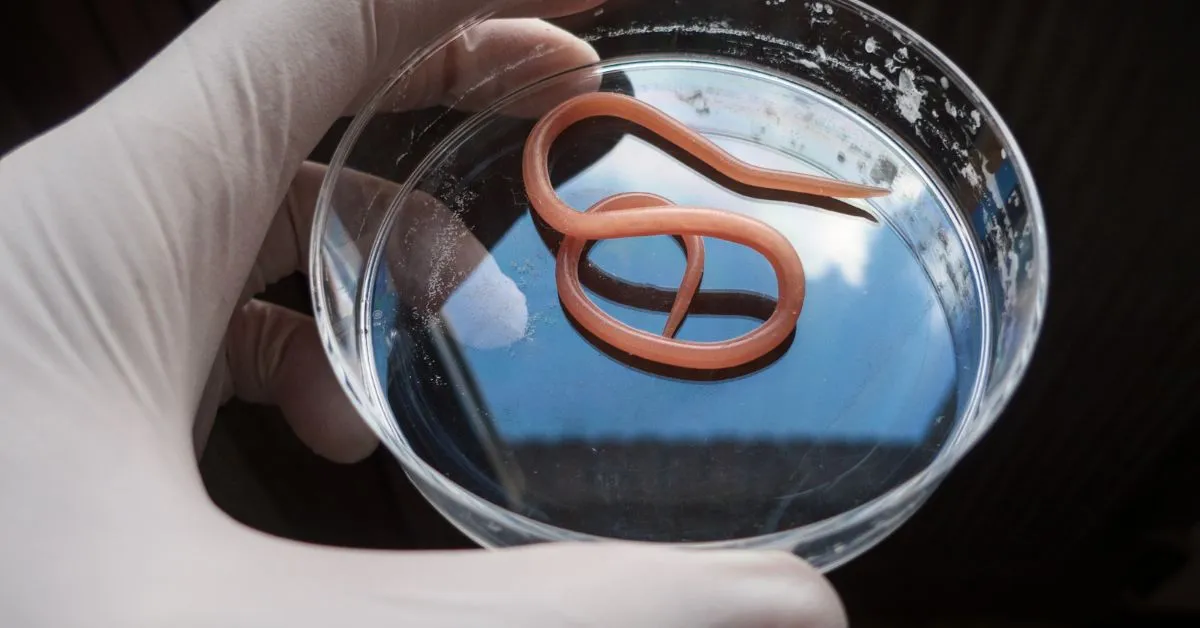
If your tarantula develops a mite infestation, prompt and appropriate treatment is necessary to eliminate the pests and protect your tarantula’s health. Several methods can be used, depending on the severity of the infestation and the tarantula’s condition. The most important part of the treatment is to act quickly once mites are detected. Consult with a veterinarian specializing in exotic animals or an experienced tarantula keeper for the most effective treatment options. Successful treatment will not only eradicate the mites but also prevent reinfestation. Treatment requires a combination of both treating the tarantula and cleaning its enclosure.
Methods of Treatment
Several methods can be used to treat tarantula mites. One common method involves removing the tarantula from its enclosure and carefully cleaning the spider with a soft brush or a cotton swab dipped in diluted saline solution. Ensure the saline is not ingested by the tarantula. In the enclosure, you can replace the substrate with a fresh, sterilized one and thoroughly clean the enclosure with a reptile-safe disinfectant. Some keepers use mite sprays or powders specifically designed for reptiles and arachnids. However, use these products with caution and follow the manufacturer’s instructions carefully to avoid harming your tarantula. In the most severe cases, consulting a veterinarian for professional treatment is crucial.
Mite Treatment for Tarantulas
Mite treatment for tarantulas can involve various methods, often used in combination for best results. For the tarantula itself, gently brush off the mites, or dab them off with a cotton swab dipped in a diluted saline solution. Some keepers use a diluted solution of insecticidal soap specifically designed for use on spiders. For the enclosure, remove the tarantula, thoroughly clean and disinfect the enclosure. Replace the substrate with new, sterilized material. Consider using a reptile-safe mite spray, following the manufacturer’s instructions meticulously. Avoid using any chemicals that may be toxic to the tarantula. Monitor the tarantula and enclosure closely for any signs of the mites, and repeat treatments as necessary until all mites are eliminated. If the infestation is severe, or if the tarantula’s health is declining, seek veterinary advice immediately.
Cleaning the Enclosure
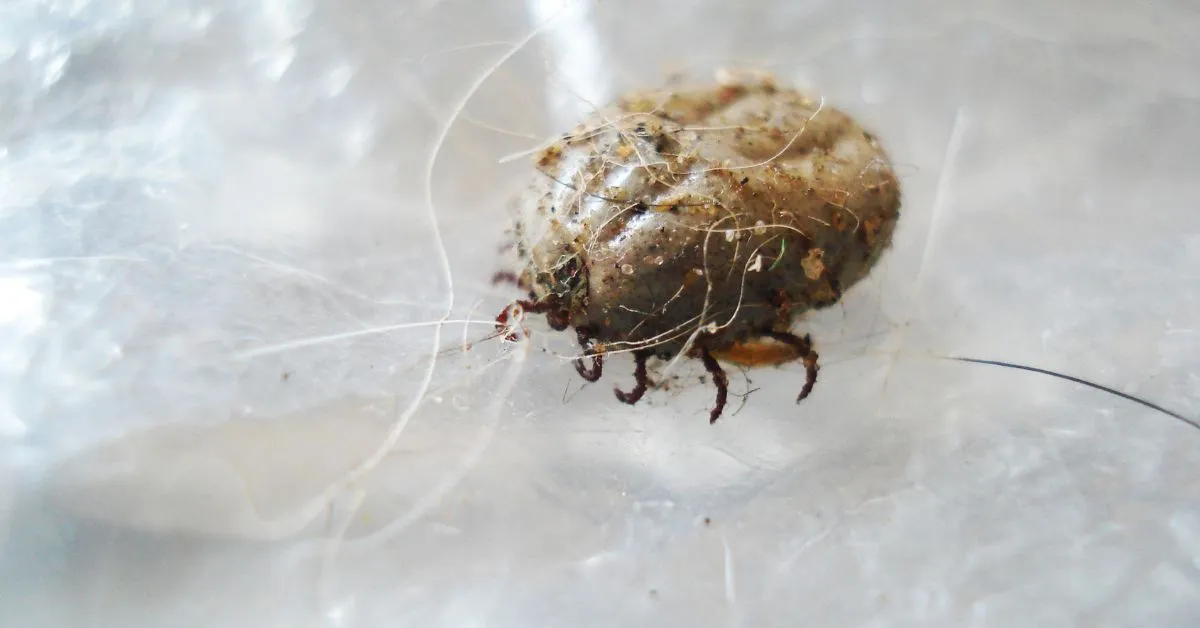
Cleaning the enclosure is a crucial part of mite treatment. Start by removing the tarantula from its enclosure and placing it in a temporary, clean container. Then, remove all substrate, decorations, and water dishes from the enclosure. Thoroughly clean the enclosure with a reptile-safe disinfectant, paying special attention to corners and crevices where mites may hide. Rinse the enclosure thoroughly with water and allow it to dry completely before reintroducing the substrate and decorations. If you use any mite-killing products, apply them according to the product’s instructions, ensuring that the enclosure is completely dry before reintroducing the tarantula. Be sure to repeat the cleaning process as needed to eradicate all mites.
Preventing Reinfestation
Preventing reinfestation is crucial after treating tarantula mites. Implementing these steps will help ensure that the mites do not return. This means maintaining strict hygiene practices, regular monitoring, and creating a habitat that is inhospitable to mites. By focusing on these measures, you can minimize the chances of another infestation and protect your tarantula’s health and well-being. This requires a continuous effort to maintain the cleanliness and health of the enclosure and the tarantula itself. A proactive approach will provide the best results for long-term mite control.
Ongoing Monitoring
Ongoing monitoring is essential to prevent reinfestation. Regularly inspect your tarantula and its enclosure for any signs of mites. Look closely at the tarantula’s body, especially around the joints and abdomen, and check the substrate, decorations, and enclosure walls. Use a magnifying glass to help you spot any tiny mites. Early detection is key to preventing a widespread infestation. If you see any signs of mites, act quickly. Implement treatment measures immediately and continue monitoring the tarantula and its enclosure to make sure the mites have been successfully eliminated. Regular monitoring is a key part of the long-term health of your tarantula.
Maintaining Optimal Humidity

Maintaining optimal humidity levels in the enclosure can also help prevent mite infestations. While tarantulas require specific humidity levels for their well-being, excessively high humidity can create an environment that favors mite growth. Use a hygrometer to monitor the humidity levels in the enclosure and adjust the ventilation and watering schedule as needed. Make sure the enclosure has adequate ventilation to prevent the buildup of moisture. Avoid overwatering the substrate, as this can lead to excess humidity. Regular monitoring of humidity levels and adjustments to the enclosure environment are key in maintaining a healthy environment for your tarantula and preventing the conditions that encourage mite growth.
Conclusion
Tarantula mites can be a frustrating problem for tarantula keepers, but with the right knowledge and proactive measures, you can effectively prevent and manage them. By understanding where tarantula mites come from, implementing preventative measures, and knowing how to treat infestations, you can ensure the health and well-being of your tarantula. Remember to quarantine new tarantulas, maintain a clean habitat, and monitor your tarantula and its enclosure regularly. If you suspect an infestation, act promptly and consult with a veterinarian or experienced tarantula keeper for guidance. With consistent care and attention, you can keep your tarantula healthy and free from these pesky parasites, allowing you to enjoy your pet spider for years to come.
